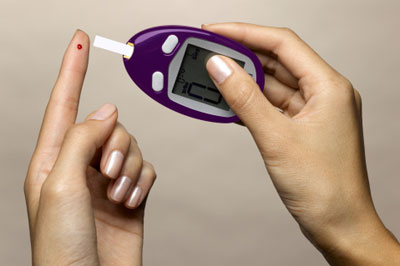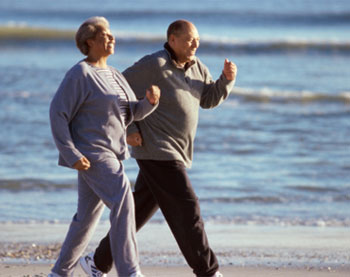-


-

- CONTROLLING DIABETESLIFESTYLE ADVISORY
-
Diabetes mellitus (DM) has become a widespread epidemic. It is also a significant factor in the morbidity and mortality in cases related to cardiovascular disease, renal or eye disease. The major forms of diabetes mellitus (DM) can be classified as type 1 and type 2. Type 1 DM accounts for 5-10% of cases and is due to an absolute deficiency of insulin secretion due to auto immune destruction of insulin producing cells (beta cells) in the pancreas. They are normally not overweight. 90-95% of Type 2 DM results from a combination of inability of muscle cells receptors to respond to insulin (insulin resistance) and inadequate insulin secretion. 80% of this population is overweight and will benefit with weight reduction. Lesser known diabetes is gestational diabetes, diabetes resulting from pancreatic disease, surgery, infections, drugs and chemicals.

BENEFITS
- Exercise has an insulin like effect on blood glucose through enhanced insulin receptor sensitivity; thus it helps to control the blood glucose levels
- Exercise also helps to reduce weight
- Exercise improves lipid profile
CAUTION
Before beginning an exercise program, the individual should have a detailed medical evaluation and undergo diagnostic investigations if appropriate. A graded exercise test (stress test) may be helpful if the client with DM is above 40 years and also has one or more of the coronary artery disease risk factors such as dyslipidemia, smoking, hypertension, family history of myocardial infarction, obesity or having a sedentary life style. Care should be taken that the blood glucose levels are under control and that there are no complications.
-
EXERCISE RECOMMENDATION
Current guidelines by the American College of Sports Medicine (ACSM) recommend that people with type 2 DM should do aerobic or cardio activity five times a week at moderate intensity (40-60% of VO2 max). ACSM recommends at least 150 minutes of moderate activity (30 minutes, 5 days/week). Resistance training should be undertaken twice a week on non consecutive days. All levels of exercise including recreational, leisure or competitive sport can be performed by people who are suffering from type 1 DM.

TIPS
- Check with your doctor before you plan for an exercise session
- Calorie intake should be carefully planned prior to and post-exercise. Consult with your physician for your recommended insulin dosage
- Hypoglycemia (low-blood sugar levels) can happen at the time you’re exercising, just after finishing your exercise, or even up to a day later. Always keep some form of glucose handy with you in case your sugar levels drop
- When you exercise, wear cotton socks and athletic shoes that fit well and are comfortable
- After you exercise, check your feet for sores, blisters, irritation, cuts, or other injuries
- Drink plenty of fluids during physical activity